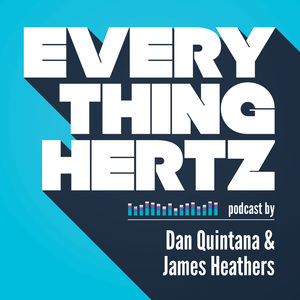About this Episode
In this episode, Dan and James discuss the US National Institutes of Health's new definition of a “clinical trial”, which comes into effect on the 25th of January.
Here’s the new definition: “A research study in which one or more human subjects are prospectively assigned to one or more interventions (which may include placebo or other control) to evaluate the effects of those interventions on health-related biomedical or behavioural outcomes”.
Over the course of this episode, they cover the pros and cons of this decision along with the implications for researchers and science in general.
Here are a few things they cover:
- The traditional definition of a clinical trial
- We go through James’ old work to determine if he’s been a clinical trialist all along
- The lack of clarity surrounding the new definition
- Why are adopting a clinical trial approach when this approach has obvious weaknesses?
- What do you actually have to do when running a clinical trial?
- Will institutions also adopt this new definition, thus putting basic research through clinical trial IRBs?
- What if this extra red tape actually improves science?
- One argument against the proposal is that registering more studies on clinicaltrials.gov will confuse the public. We don’t buy that.
- Clinical trial registrations generally miss the many nuances of study design
- The new clinical trial definition will eliminate some of the ‘forking paths’ when analysing and reporting data
- How this new definition will affect grant applications for early career researchers?
- What happens to exploratory research?
- NIH case studies of what may constitute a clinical trial
Links
NIH clinical trial definition https://grants.nih.gov/policy/clinical-trials/definition.htm
The NIH “clinical trial decision tree” https://grants.nih.gov/policy/clinical-trials/CT-decision-tree.pdf
NIH case studies of what may constitute a clinical trial https://grants.nih.gov/policy/clinical-trials/case-studies.htm#case1
